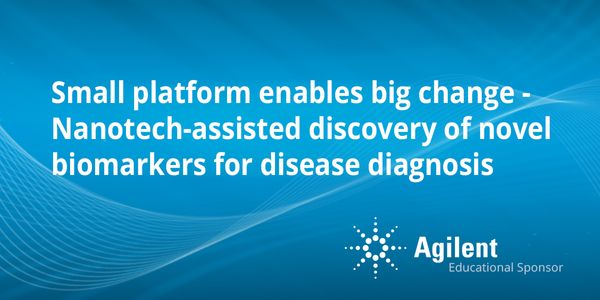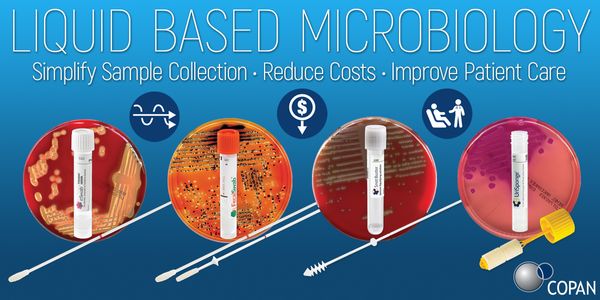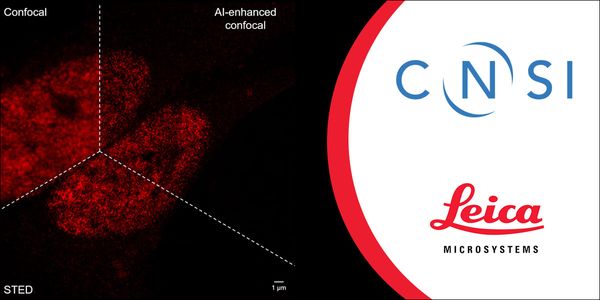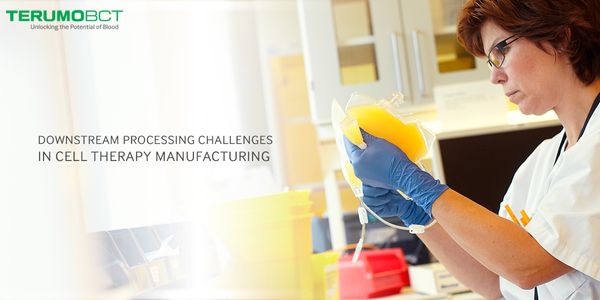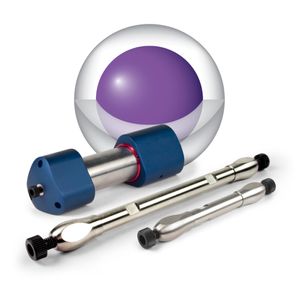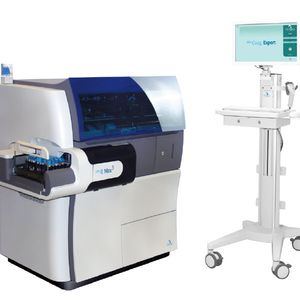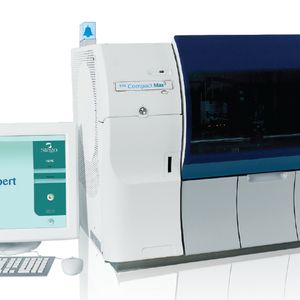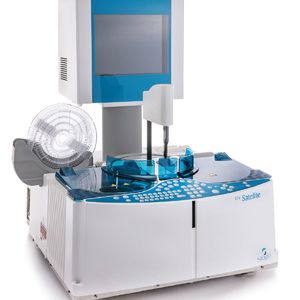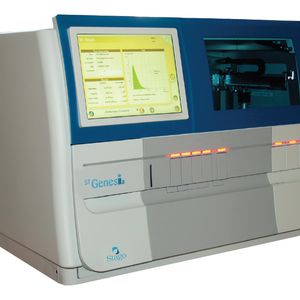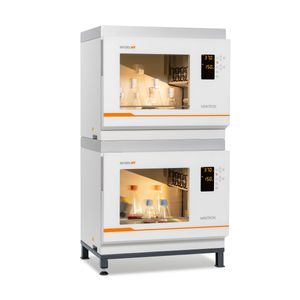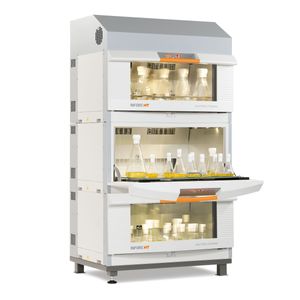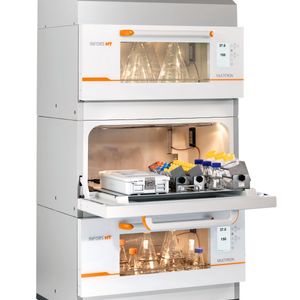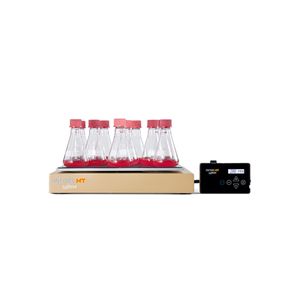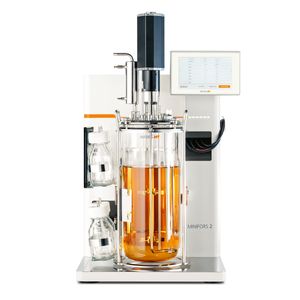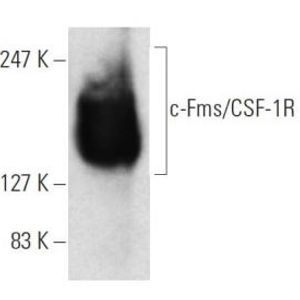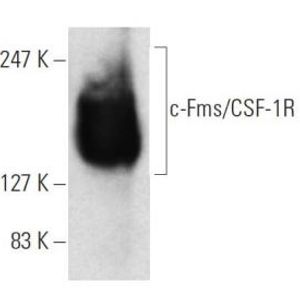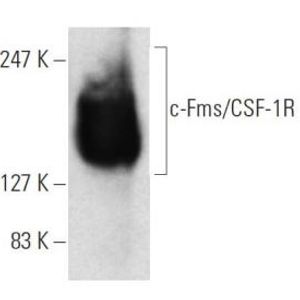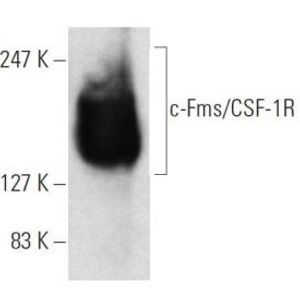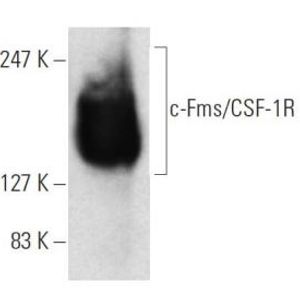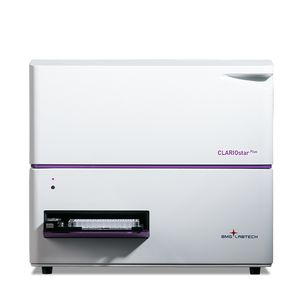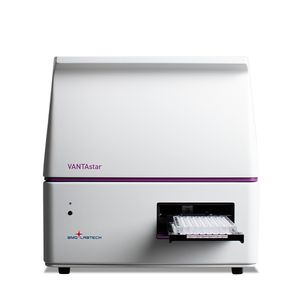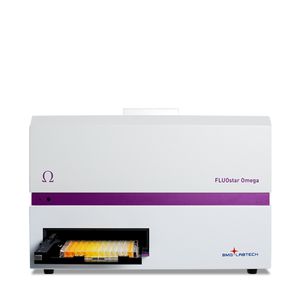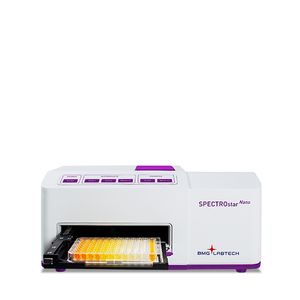WEBINARS
Our webinars allow users to learn from experts and earn continuing education credits on industry topics, progress in research, services available, and more.
Show More
-
MAY 08, 2019 | 9:00 AMDATE: May 8, 2019TIME: 12:00am PDT In 2017 the first national cervical screening programs using human papillomavirus (HPV-based) primary screening were implemented. As these progr...
-
APR 30, 2019 | 9:00 AMDATE: April 30, 2019TIME: 9:00am PDTAre you still handwashing all of your glassware? Are you considering buying an automated lab glassware washer? Does saving money get your attention...
-
APR 30, 2019 | 8:00 AMDATE: April 30, 2019TIME: 8:00am PDTIumour-derived extracellular vesicles (EVs) are of increasing interest as a resource of diagnostic biomarkers. However, most EV assays require large...
-
APR 26, 2019 | 12:00 AMC.E. CREDITSD-dimer is used in the clinical evaluation of suspected venous thromboembolism (VTE). Newer measurement methods show high sensitivity for this test, and in combination with pretest probabilit...
-
Over the past 25 years many advances in techniques have been incorporated into infectious disease research. From genetically modified animals to advances in basic techniques that improve res...
Tuberculosis has killed more than one billion people in the last 200 years. It is the oldest and the deadliest human pathogen, recently surpassing HIV. Its adaptation to host and drug pressur...
Point-of-care testing (POCT) is diagnostic testing at the time and place of patient care in a physician’s office, an ambulance, a mobile clinic, at home or in hospital. Rapid POC testi...
Recent evidence indicates that the immunoglobulin (IG) gene loci reside within the most complex and variable regions of the human genome, characterized by elevated levels of single nucleotide...


